Industrial Lighting Energy Best Practices
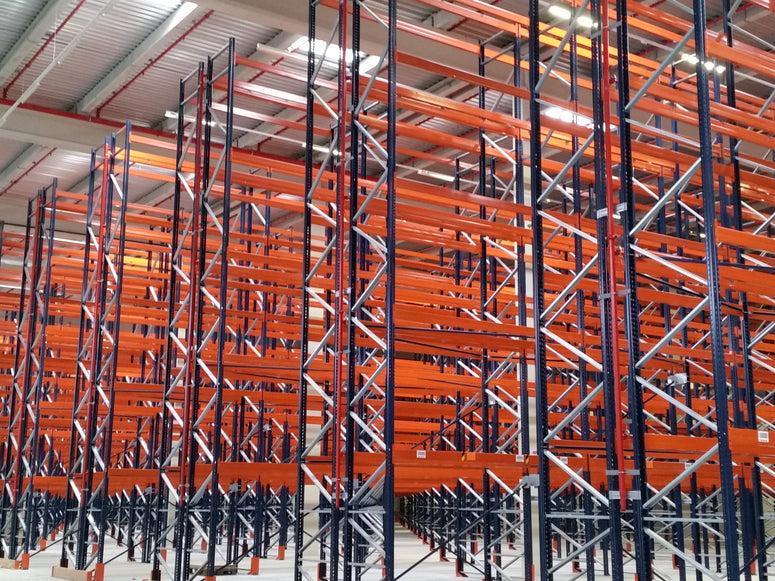
Finding the right lighting for any location may seem like a careful balancing act. It needs to be efficient in terms of energy used while still providing ample illumination. When considering the right lighting for an industrial setting, these factors are always at the forefront of the decision. Here are a few industrial lighting energy best practices to help you get the most efficient lighting solution possible.
- Play up any natural lighting in the location. If you have windows or bay openings in the location, utilizing natural light will help reduce the amount of energy consumed using artificial lights.
- Consider the use of occupancy sensors. Regardless of what type of lighting you choose, an occupancy sensor or other timing device can greatly reduce the amount of energy being consumed. They can easily be installed to almost any new or existing fixture and can save your business a good deal of money.
- Invest in reflectors. This is often one of the more easily forgotten industrial lighting energy best practices. Installing reflectors in your fixtures will help to distribute the light more evenly instead of simply casting it downwards and limiting the scope of the lumen output.
- Choose the right lighting type. It is an obvious fact of lighting that certain types of lighting are more energy efficient. The least energy efficient tends to be halogen and incandescent. They have lower lumen outputs and higher watts which means the energy consumed is higher than other options. Fluorescents are a better choice since they have better watt to lumen output ratios, but they aren’t as long-lasting as induction lighting or LED. These are the two best options for industrial settings.
- Compare LED and induction. Induction lighting is often seen as comparable to LED in terms of performance and longevity, but there are a few differences to keep in mind. Induction lighting will give an average of up to 90 lumens/watts which is better than fluorescents or any of the other non-LED options. However, LED tends to give up to 120 or higher lumens/watts which is still the more energy efficient option. Both types are pretty much the same regarding average rated life with both averaging around 100,000 hours of use. However, induction lighting contains mercury which is harder to dispose of and potentially harmful to the environment whereas LED is free of this component.
Choosing energy efficient lighting is the best way to help lower energy costs while maximizing lighting potential. Following these basic tips will make finding the right solution easy and simple.
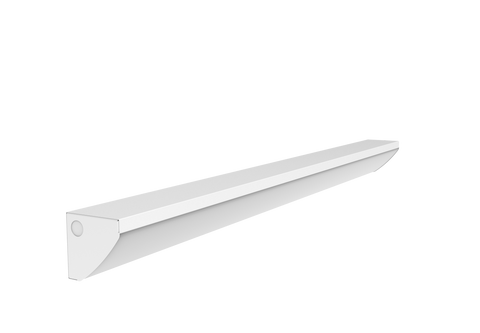
4 Foot LED Stairwell / Corridor Light, 4600 Lumen Max, Wattage and CCT Selectable, 120-277V
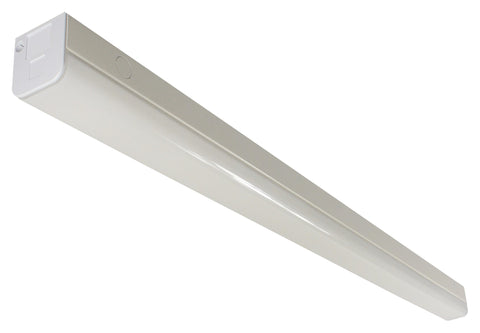
4FT LED Narrow Strip Light, 5500 Lumen Max, Wattage and CCT Selectable, 120-277V
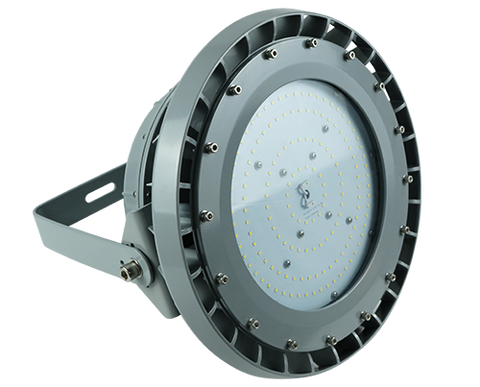
LED Explosion Proof Hazardous Location Light, Class 1 Division 1, 11200 Lumens, 80W, 5000K, 100-277V, C Series
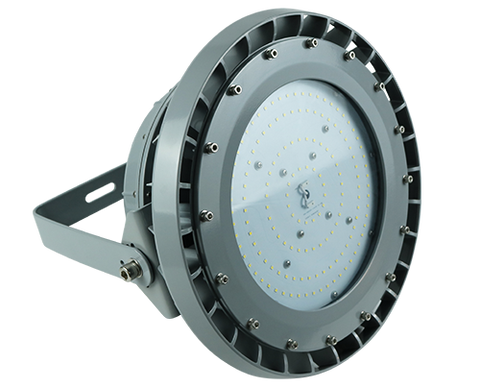
LED Explosion Proof Hazardous Location Light, Class 1 Division 1, 21000 Lumens, 150W, 5000K, 200-480V

For the best selection of industrial strip lights online, look no further than Warehouse-Lighting.com. From staggered to shop light strips, our products provide powerful lighting solutions for your unique needs. Shop for commercial-grade strip light fixtures today!
View (77) Products
Find explosion proof LED lighting for the harshest environments at Warehouse-Lighting.com. We have a large selection of explosion-proof lights available in a variety of ratings and classes that will withstand the hazardous areas and applications that require explosion proof lights. Purchase the best explosion proof LED light fixtures with the experts at Warehouse Lighting.
View (83) Products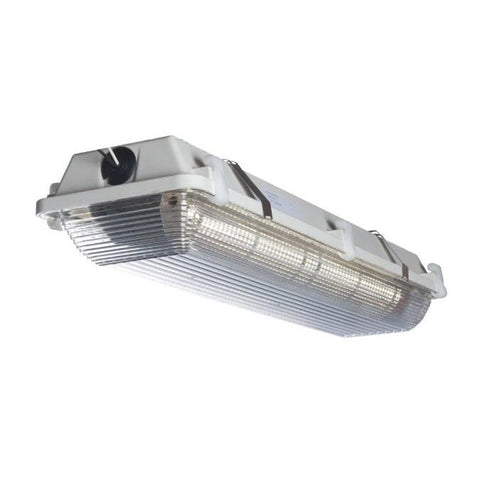
Vapor proof light fixtures are the top illumination choice for harsh environments. Available in multiple types, vapor tight led light fixtures provide ample illumination for indoor or outdoor applications. Shop vapor tight lights online at Warehouse-Lighting.com for the light to handle any job!
View (110) Products High Bay LED Lighting
High Bay LED Lighting
 Industrial Low Bay Lighting
Industrial Low Bay Lighting
 Industrial Strip Lights
Industrial Strip Lights
 Vapor Tight Lighting
Vapor Tight Lighting
 LED Shop Lights
LED Shop Lights
 Hazardous Area / Explosion Proof Lighting
Hazardous Area / Explosion Proof Lighting
 Loading Dock Lights
Loading Dock Lights
 Construction / Portable Lighting
Construction / Portable Lighting
 High Temperature LED Lights
High Temperature LED Lights
 Industrial Ceiling Fans
Industrial Ceiling Fans
 LED Work Lights
LED Work Lights
 Networked Controlled Lighting
Networked Controlled Lighting
 NEW Warehouse Lighting Fixtures
NEW Warehouse Lighting Fixtures
 American Made Industrial Lighting
American Made Industrial Lighting
 Clearance
Clearance
 Troffer Lights
Troffer Lights
 LED Flat Panel Lights
LED Flat Panel Lights
 Drop Ceiling Lights
Drop Ceiling Lights
 Suspended LED Lights
Suspended LED Lights
 LED Cylinder Lights
LED Cylinder Lights
 Exit / Emergency
Exit / Emergency
 Wrap Lighting Fixtures
Wrap Lighting Fixtures
 Gooseneck and Barn Lights
Gooseneck and Barn Lights
 Stairway & Corridor Lighting
Stairway & Corridor Lighting
 Hospital Bed Lights
Hospital Bed Lights
 Recessed Lighting
Recessed Lighting
 Wafer Lighting
Wafer Lighting
 RGB LED Lights
RGB LED Lights
 Grow Lights
Grow Lights
 Refrigeration Lighting
Refrigeration Lighting
 Commercial Sign Lights
Commercial Sign Lights
 LED Track Lighting Fixtures & Systems
LED Track Lighting Fixtures & Systems
 UV Disinfecting Lights & Air Purifier Fixtures
UV Disinfecting Lights & Air Purifier Fixtures
 American Made Commercial Lighting
American Made Commercial Lighting
 LED Flood Lights
LED Flood Lights
 Outdoor Wall Lights
Outdoor Wall Lights
 LED Area Lights
LED Area Lights
 Parking Lot Lights & Poles
Parking Lot Lights & Poles
 Outdoor Post Top Lights
Outdoor Post Top Lights
 LED Stadium Lighting
LED Stadium Lighting
 Canopy Lights
Canopy Lights
 Security & Motion Sensor Lights
Security & Motion Sensor Lights
 LED Bollard Lights
LED Bollard Lights
 Outdoor LED Linear Light Fixtures
Outdoor LED Linear Light Fixtures
 Solar Powered LED Lighting
Solar Powered LED Lighting
 Dusk to Dawn Lights
Dusk to Dawn Lights
 Landscape Lighting
Landscape Lighting
 Outdoor String Lights
Outdoor String Lights
 Coastal Wildlife Lighting
Coastal Wildlife Lighting
 Outdoor House Lights
Outdoor House Lights
 American Made Outdoor Lighting
American Made Outdoor Lighting
 Architectural Linear Lights
Architectural Linear Lights
 Architectural Grid Mount Lights
Architectural Grid Mount Lights
 Architectural Round Pendant Lights
Architectural Round Pendant Lights
 Architectural Square Linear Lights
Architectural Square Linear Lights
 Architectural X-Shaped Linear Lights
Architectural X-Shaped Linear Lights
 Architectural LED Wall Packs
Architectural LED Wall Packs
 Ceiling Fans
Ceiling Fans
 Ceiling Lights
Ceiling Lights
 Chandelier Lights
Chandelier Lights
 Pendant Lighting
Pendant Lighting
 Island Lights
Island Lights
 Under Cabinet Lighting
Under Cabinet Lighting
 Vanity Lights
Vanity Lights
 Wall Sconces
Wall Sconces
 LED Tape Lights
LED Tape Lights
 LED Mirrors
LED Mirrors
 LED Light Bulbs
LED Light Bulbs
 LED Tube Lights
LED Tube Lights
 LED Corn Lights
LED Corn Lights
 Vintage LED Bulbs
Vintage LED Bulbs
 Decorative LED Bulbs
Decorative LED Bulbs
 Fluorescent Light Bulbs
Fluorescent Light Bulbs
 Metal Halide Lamps
Metal Halide Lamps
 LED Magnetic Strip Retrofit Kits
LED Magnetic Strip Retrofit Kits
 LED Strip Light Retrofit Kits
LED Strip Light Retrofit Kits
 High Bay LED Retrofit Kits
High Bay LED Retrofit Kits
 LED Troffer Retrofit Kits
LED Troffer Retrofit Kits
 LED Wall Pack Retrofit
LED Wall Pack Retrofit
 LED Street Light Retrofit Kits
LED Street Light Retrofit Kits
 Recessed Lighting LED Retrofit Kits
Recessed Lighting LED Retrofit Kits
 Ballasts & Drivers
Ballasts & Drivers
 Emergency Ballast For LED & Fluorescent Lights
Emergency Ballast For LED & Fluorescent Lights
 Electrical Supplies & Mounting Kits
Electrical Supplies & Mounting Kits
 Electrical Tools
Electrical Tools
 Switches & Receptacles
Switches & Receptacles
 Electrical Power Cords
Electrical Power Cords
 Sensors and Timers
Sensors and Timers
 Smart Home Automation
Smart Home Automation
 High Bay Occupancy Sensors
High Bay Occupancy Sensors
 Electric Vehicle Chargers
Electric Vehicle Chargers
 Hand Dryers
Hand Dryers
 LED Shop Lights
LED Shop Lights
 Garage LED Light Fixtures
Garage LED Light Fixtures
 Office Lights
Office Lights
 Classroom Lights
Classroom Lights
 Church Lights
Church Lights
 Gym Lighting
Gym Lighting
 Factory Lights
Factory Lights
 Hospital Lights
Hospital Lights
 Walkway Lights
Walkway Lights
 Parking Lot Lights
Parking Lot Lights
 Exterior Building Lights
Exterior Building Lights
 Sports Lighting
Sports Lighting
 Airport Lights
Airport Lights
 NSF Rated Lights
NSF Rated Lights
 TAA LED Lighting
TAA LED Lighting
 Restaurant Lights
Restaurant Lights
 Corridor Lights
Corridor Lights
 Barn Lighting
Barn Lighting





